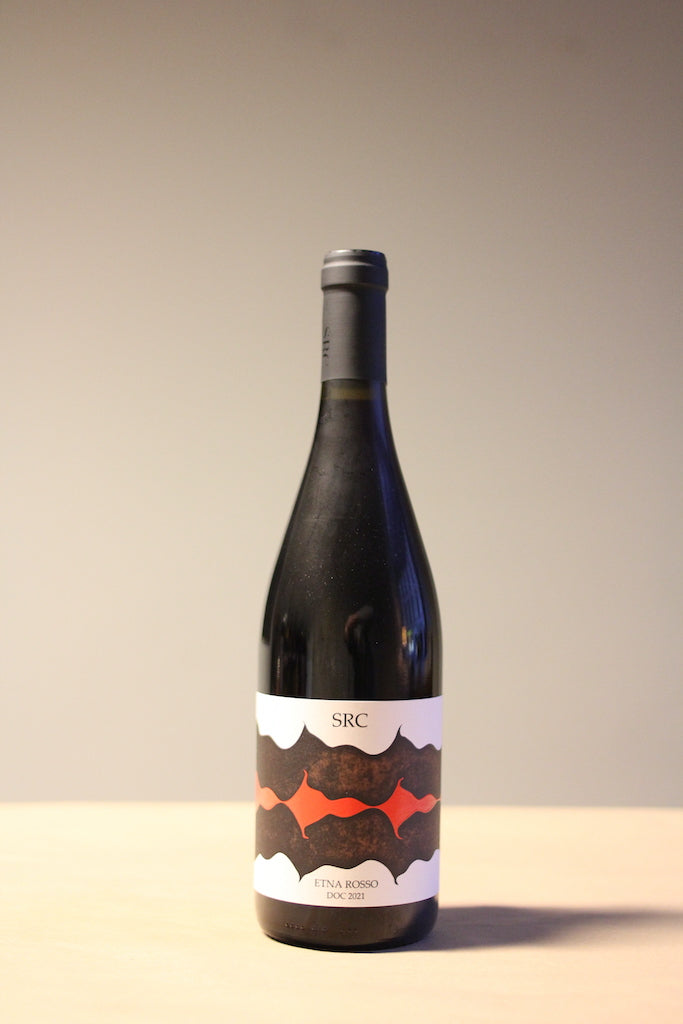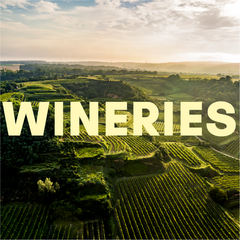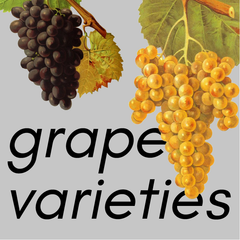Free shipping within Austria from € 99
Free shipping to Germany from € 120
Shipping costs within the EU
Payment methods
1
/
of
1
SRC
Etna Rosso 2021
Etna Rosso 2021
Regular price
€27,90 EUR
Regular price
Sale price
€27,90 EUR
Unit price
/
per
Taxes included.
Couldn't load pickup availability
Rori Parasilitis Etna Rosso is much more than an ordinary entry-level wine and yet it provides a perfect introduction to the world of Etna wines.
As befits a wine from the slopes of the iconic Sicilian volcano, it is largely made from Nerello Mascalese, which is complemented by a few little-known indigenous grape varieties.
Almost all of its vines are at least old, but some are also very old and have 80 years or more under their belt. The two vineyards Crasà and Calderara, where the Etna Rosso is produced, are located at 650-700 metres above sea level and are usually exposed to 30° during the day in summer, but rarely more than 15°C at night. The yield is marginal and is just 1500 kilos per hectare.
Together with the meticulous, natural work of Rori Parasiliti, his wife Cinzia and daughter Sandra, this results in flawless grapes, which the three of them transform into a delicate, mineral, finely flavoured, in short: an exemplary Etna Rosso in the cellar using a dedicated hands-off philosophy.
Balsamic and floral. Violets, pomegranate, herbs, red berries. Even more impressive than the aromatic complexity, however, is the astonishing clarity, finesse and precision of the wines. It is elegant and delicate and yet, as is so often the case with great wines, deep and full of tension. A little reminiscent of young Barbaresco, although the tannins are just as present but more velvety. Has potential for a good decade.
Data sheet
Grape varieties: Nerello Mascalese (90%) and indigenous varieties
Vineyard: Crasà & Calderara/Etna, volcanic subsoil
Harvest: by hand
Fermentation: spontaneous | wild yeasts, three weeks in contact with the skins
Ageing: 12 months in cement
Filtration: no
SO₂: 4 mg/litre
Alcohol content: 13.5% vol.
Closure: Natural cork
Drinking temperature: 16-18 °C
Perfect drinking maturity: from now - 2030
Content and price per litre: 0.75 l/(€34,87/l)
Maxime: All winegrowers listed with Vinonudo work with compost, organic fertiliser and natural preparations in their vineyards and refrain from using herbicides, pesticides and artificial fertilisers.
Share







